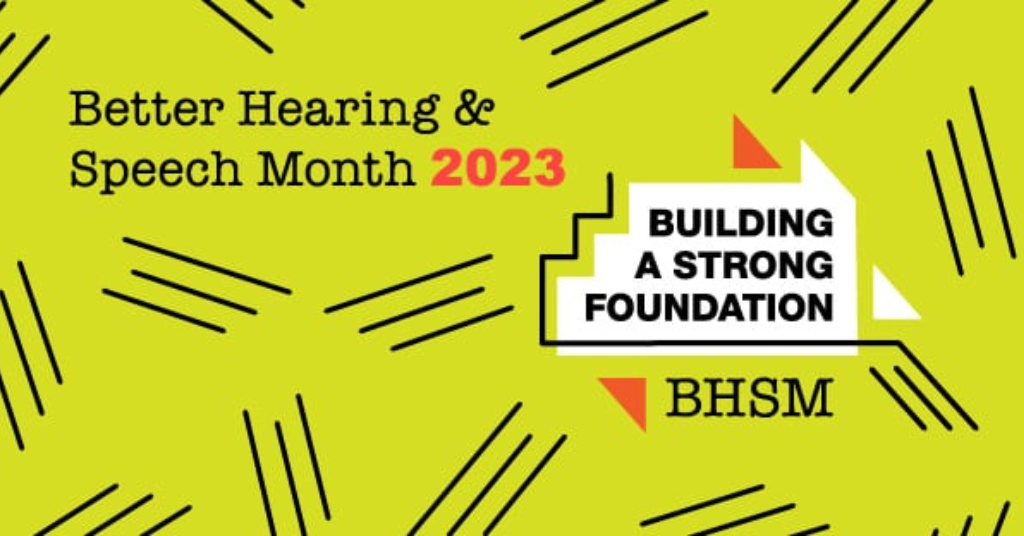
Nyle DiMarco creates comedy series about Deaf culture
July 17, 2020
This sign language interpreter teaches accessible CrossFit classes for the deaf community
July 20, 2020Hearing Loss Simulator: Understanding mild and moderate hearing loss

People who have loved ones with hearing loss and don’t have hearing loss themselves are often eager to understand what hearing loss sounds like.
Hearing loss comes in varying degrees and forms such as severe, moderate, and mild hearing losses. Simply wearing earplugs to clock out sound won’t provide the right information. You can try a hearing loss simulator to understand the complex nature of hearing loss.
The Hearing Loss Simulator
Using computer simulation algorithms, we’ve put together a group of audio files that simulate what someone with sensorineural hearing loss is able to hear in specific contexts. The sound files are grouped by type, from conversations in different contexts to background noise in a restaurant, traffic, and various kinds of music. For each sound clip, you can listen to what it sounds like with “normal” hearing, as well as mild and moderate hearing loss. Here’s the hearing loss simulator:
| Hearing Loss | Normal | Mild | Moderate |
|---|---|---|---|
| Single speaker | |||
| Dialog two-speaker | |||
| Announcement in station | |||
| In a restaurant | |||
| In the mountains | |||
| Birds singing | |||
| Frogs | |||
| Ducks | |||
| Industry | |||
| In traffic | |||
| Piano | |||
| Clarinette | |||
| Classical: Beethoven | |||
| Children singing | |||
| Pop | |||
| Telephone |
Read more: Hearing Loss
Each individual sounds, and how much of each sound a person with hearing loss misses, depends on the degree of loss. For the person who still has some hearing and is listening to speech, the missing sounds are often the consonants P, K, F, H, T, and S, and the Sh sounds. Higher voices and higher-pitched sounds are harder to hear, as well, and it’s more difficult to hear anything when there’s background noise involved.
Solutions for hearing loss
While there is no cure for hearing loss, there are various treatments.
The most common treatment is to wear hearing aids or cochlear implants. Hearing aids and cochlear implants are technologies that amplify and process sound to increase sound clarity and volume.
Hearing aids can be a solution for mild to profound hearing loss. Cochlear implants are a solution for profound hearing loss and require a surgical procedure. Once you visit an audiologist, they can help you choose the right solution for you.
To supplement hearing technology, people with hearing loss will use sign language, lip-reading, or cued speech to help them communicate.
If you have hearing loss, consider sharing this page with your friends and family. It may finally show them why you need them to look at you the next time they’re with you at a busy restaurant.
- Author Details



